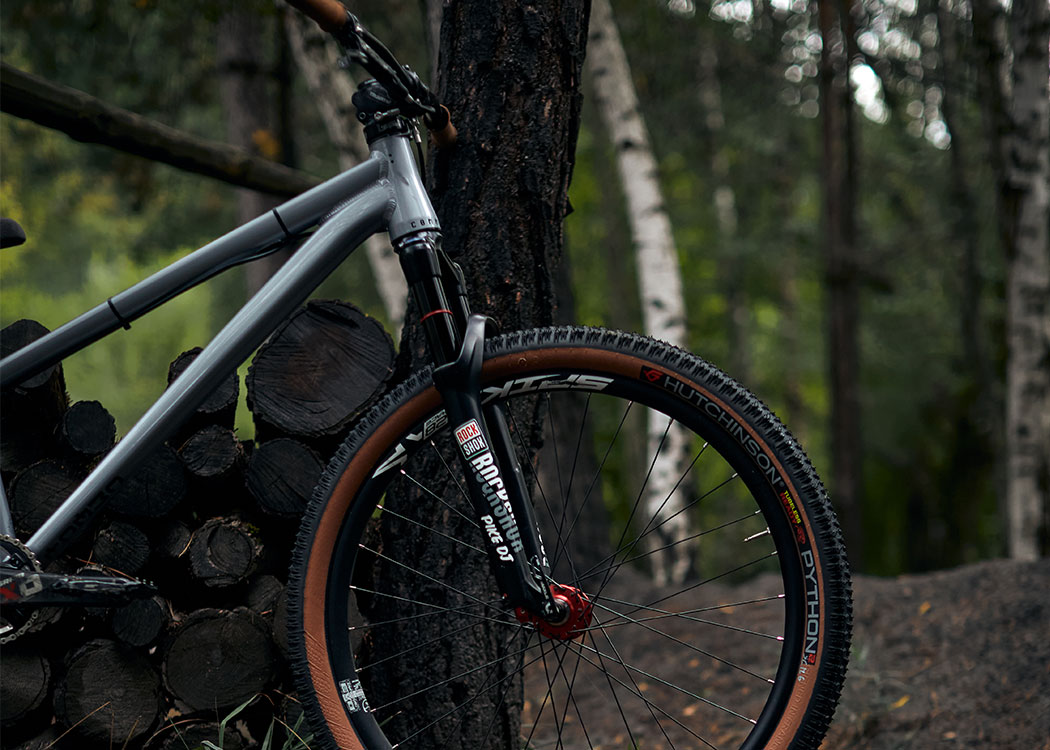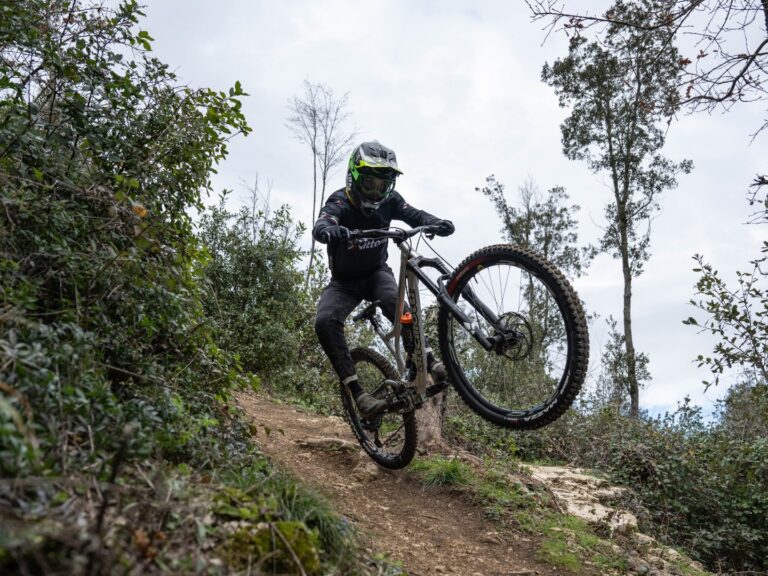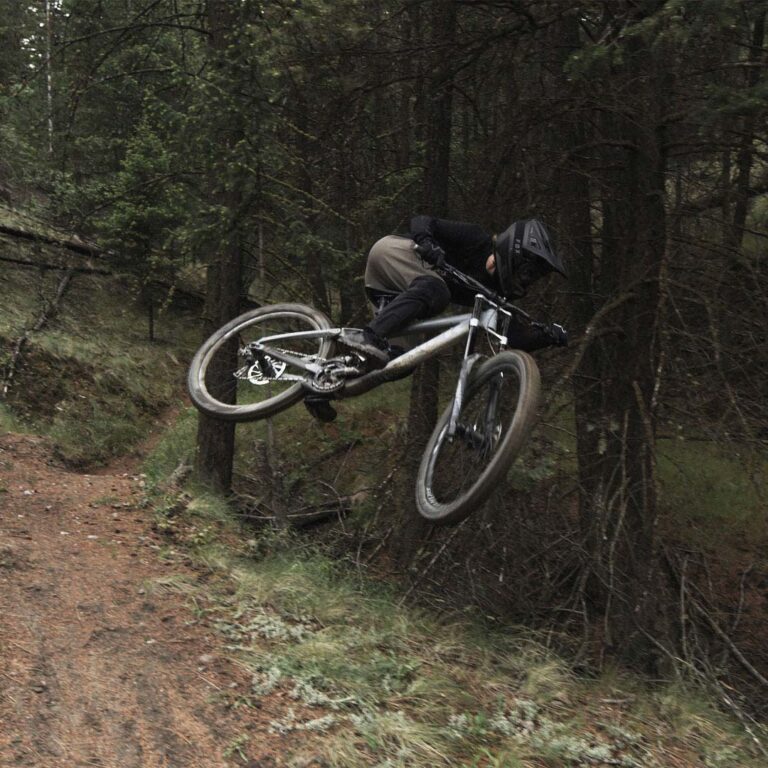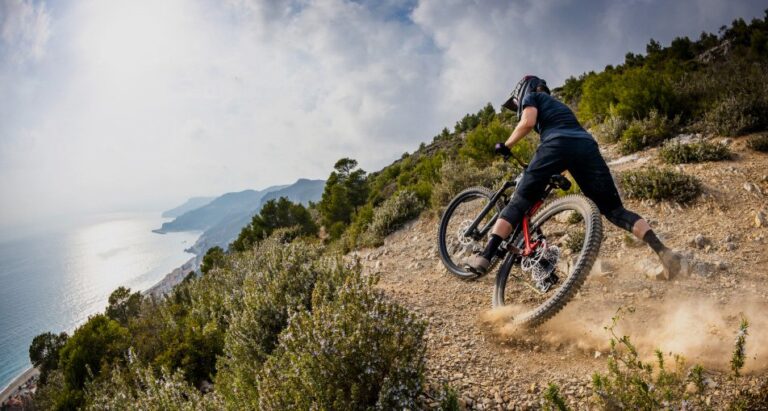Mastering the Trails: How to Choose Tires for Cross Country Bikes
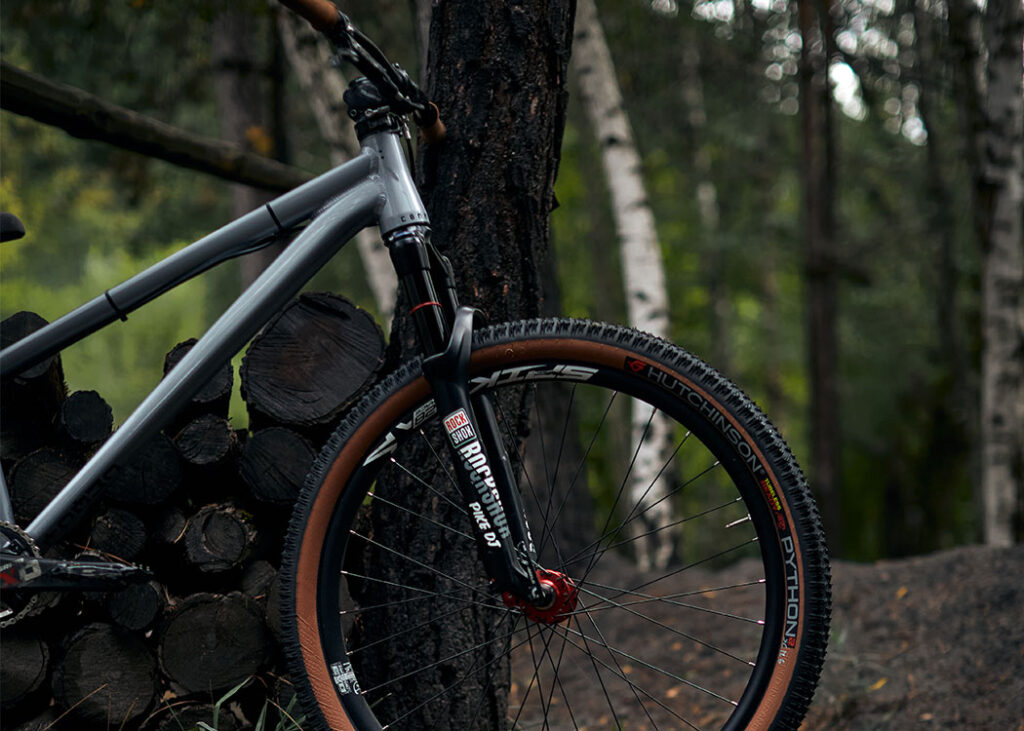
Key Point Summary of How to Choose Tires for Cross Country Bikes:
- Understand Tire Dimensions: The width and diameter of your tires are fundamental in fitting your riding style and the terrain you intend to conquer.
- Tread Pattern Matters: Selecting the right tread pattern is crucial for balancing rolling resistance with grip.
- Rubber Compound and Durability: The composition of your tires can greatly affect their grip, rolling efficiency, and longevity.
- Tubeless or Tubed Tires: Deciding between tubeless and tubed tires can impact performance, weight, and puncture resistance.
- Terrain Adaptation: Your tire choice should reflect the specific conditions of the trails you frequent.
Choosing the right tires for your cross-country (XC) bike can transform your riding experience, offering a perfect blend of speed, traction, and durability to tackle a wide array of trails. Having spent years zigzagging across various terrains on mountain bikes, grinding over gravel, and sprinting through cyclocross courses, I’ve accumulated a wealth of knowledge on what makes a tire suitable for XC biking. Here, I aim to guide beginners and mid-level cyclists through the nuances of selecting the ideal tires for their cross-country adventures.
Dive into the Details
Tire Dimensions
The tire’s width and diameter are your first considerations. Most XC bikes use 29-inch wheels for their superior rolling efficiency and ability to smooth out trail chatter, though some riders prefer the quicker acceleration of 27.5-inch wheels. Tire width for XC ranges typically from 1.9 to 2.3 inches. Narrower tires are lighter and roll faster, while wider tires provide more traction and comfort but with a slight weight penalty.
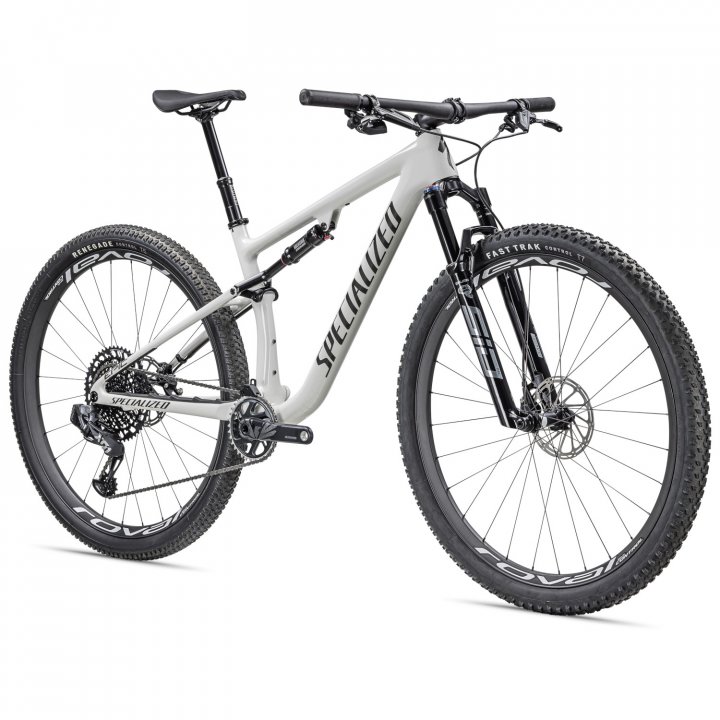
Tread Pattern
The tread pattern plays a pivotal role in how a tire performs. XC tires often feature closely spaced knobs in the center to reduce rolling resistance on hard-packed trails, with larger, more aggressive knobs on the edges to dig into looser soil on turns. The specific conditions of your local trails—whether they’re usually dry and hard-packed or frequently muddy—should influence your tread pattern choice.
Rubber Compound and Durability
The rubber compound of a tire affects its grip, rolling resistance, and wear rate. Softer compounds offer more grip but wear out faster and roll slower. Many high-end XC tires use dual or triple compound rubbers, placing softer rubber on the outer knobs for grip and harder rubber in the center for longevity and speed.
Tubeless or Tubed Tires
The debate between tubeless and tubed tires has largely swung in favor of tubeless for XC riding. Tubeless tires allow you to run lower pressures for better traction and comfort without the risk of pinch flats, and the sealant used can automatically repair small punctures. However, setting up tubeless tires requires compatible rims and can be initially more complex.
Terrain Adaptation
Perhaps the most crucial aspect of tire selection is how well they adapt to your usual riding terrain. For example, if your local trails are rocky and technical, you might prioritize tire durability and sidewall protection. Conversely, for smooth, fast trails, you might lean towards tires with lower rolling resistance and lighter weight.
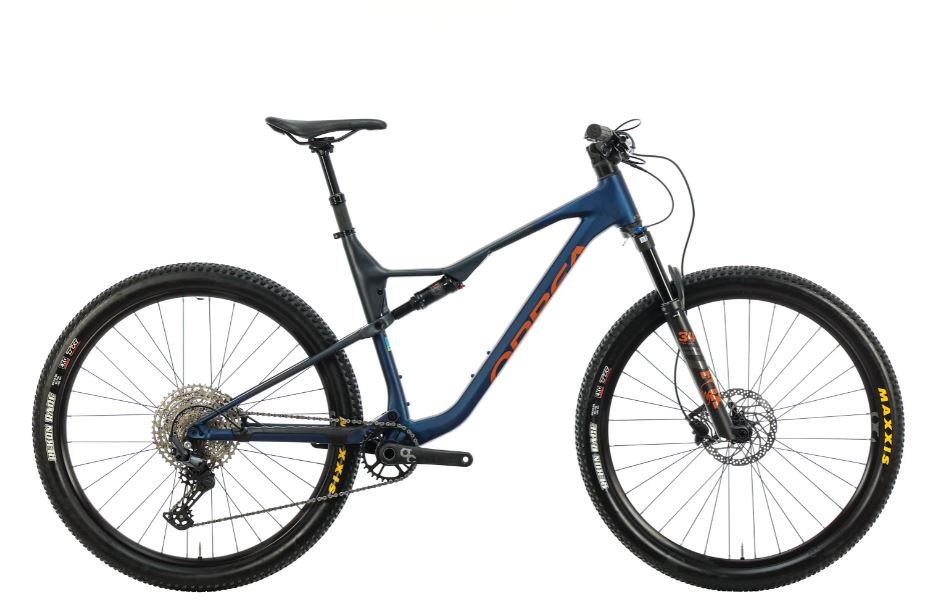
In Conclusion
Choosing the right tires for your cross-country bike isn’t just about picking the highest-rated or most popular option. It’s about understanding the unique demands of the trails you ride and how different tire features—from size and tread pattern to rubber compound and construction—can enhance your riding experience. Whether you’re pushing the pace in a race or enjoying a leisurely ride through local trails, the right tires can make all the difference in the world. The trails are as varied as the riders who explore them, and there’s a tire out there to match every style and preference.
The XC bike market has been highly competitive, with many brands offering top-notch models. Here are three of the top XC bikes, renowned for their excellence in cross-country racing and riding:
- Specialized S-Works Epic: The S-Works Epic has long been a favorite among XC racers for its exceptional lightweight design and innovative suspension system, which includes the Brain technology for efficient pedaling and control on rough terrain.
- Scott Spark RC 900 World Cup: Scott’s flagship XC bike, the Spark RC 900 World Cup, is designed for speed and efficiency. It features a super-light carbon frame, top-of-the-line components, and a unique suspension system that offers both performance and comfort on demanding XC courses.
- Cannondale Scalpel-Si Carbon 1: The Scalpel-Si stands out for its precise handling and agility, thanks to its cutting-edge frame geometry and Lefty Ocho fork. It’s a bike that excels in technical XC racing conditions, offering a blend of speed, stiffness, and lightweight.
These models represent the pinnacle of current XC bike design and technology, offering advanced materials, innovative geometries, and features specifically tailored to meet the demands of competitive and recreational cross-country riding.
Happy Trails!
John

FAQ
What size tires are best for XC racing?
For XC racing, tires around 1.9 to 2.25 inches in width are typically preferred for their balance of speed, grip, and weight.
What is the difference between XC and trail tires?
The difference between XC and trail tires lies mainly in their design and intended use. XC tires are lighter, have less aggressive tread patterns, and are designed for speed and efficiency on hardpack and moderately technical terrain. Trail tires are heavier, have more aggressive tread for better grip, and are built to withstand tougher, more technical trails with rougher terrain and obstacles.
